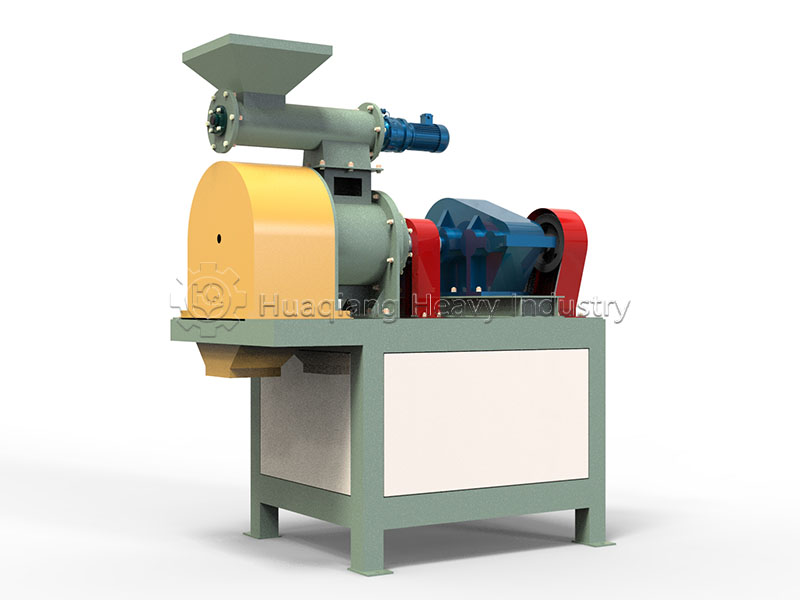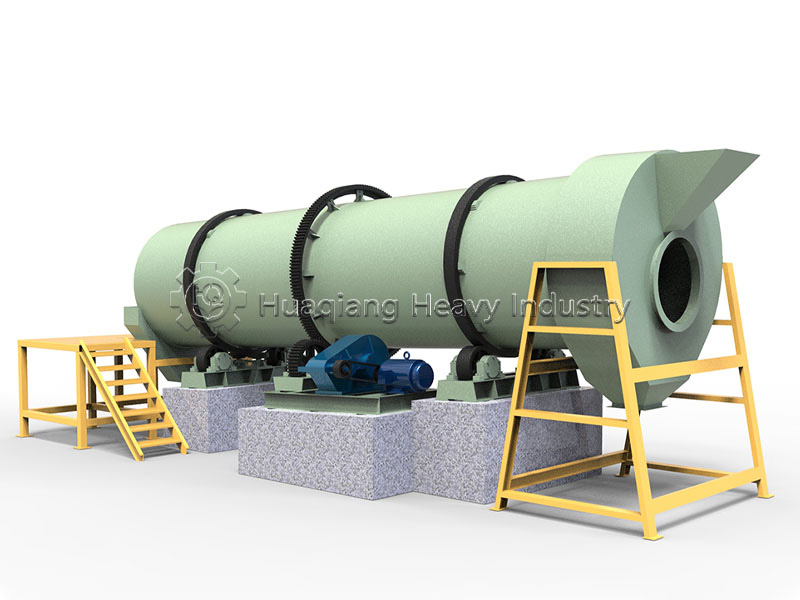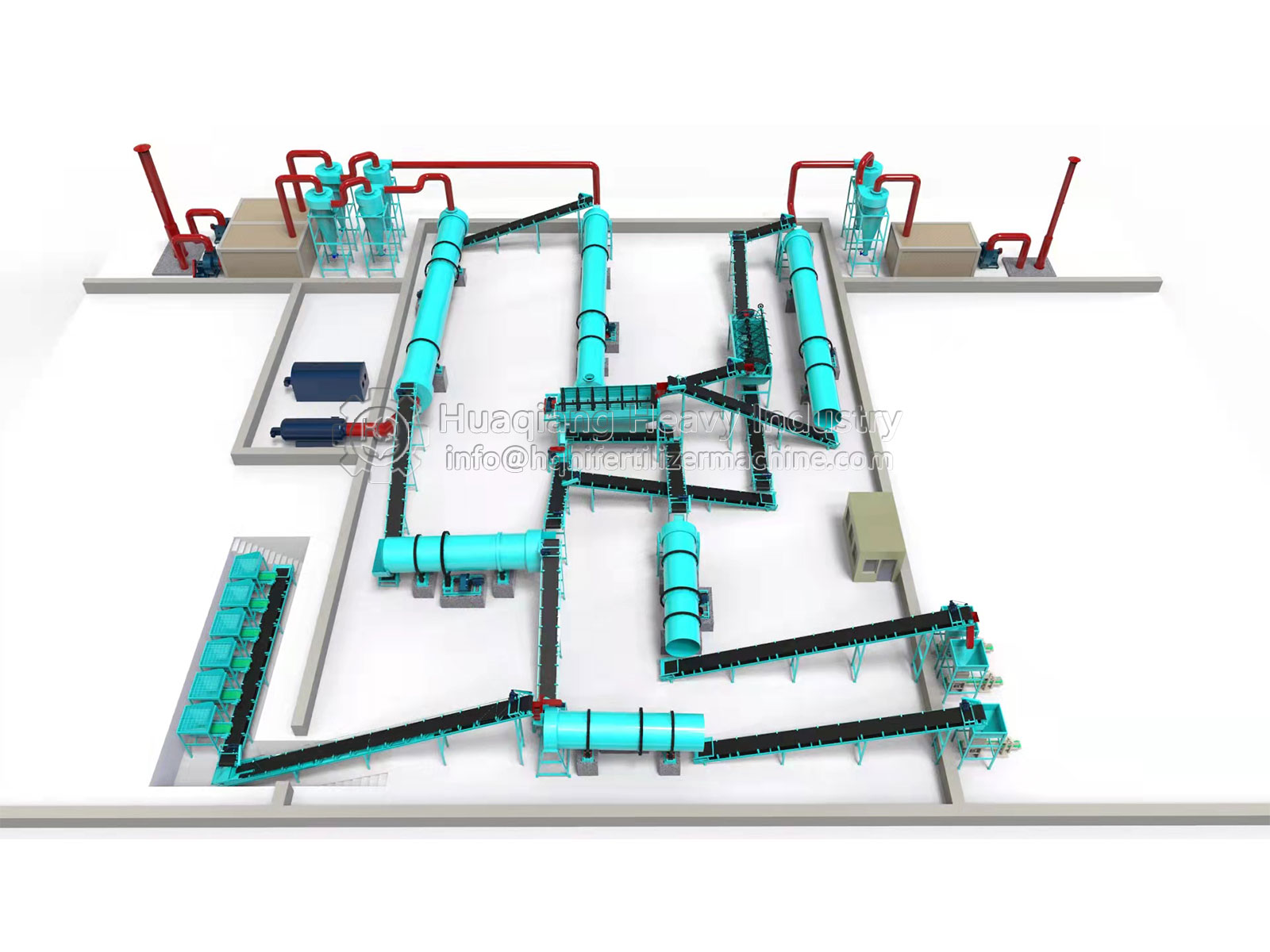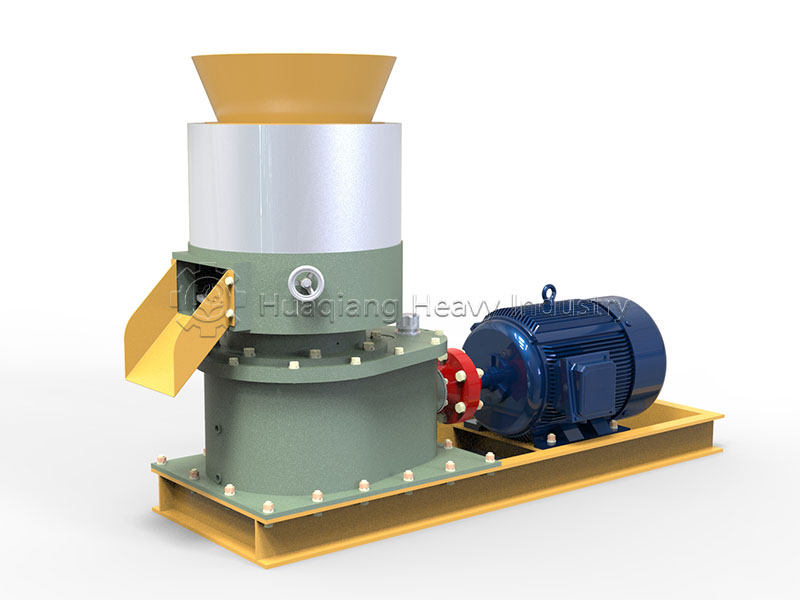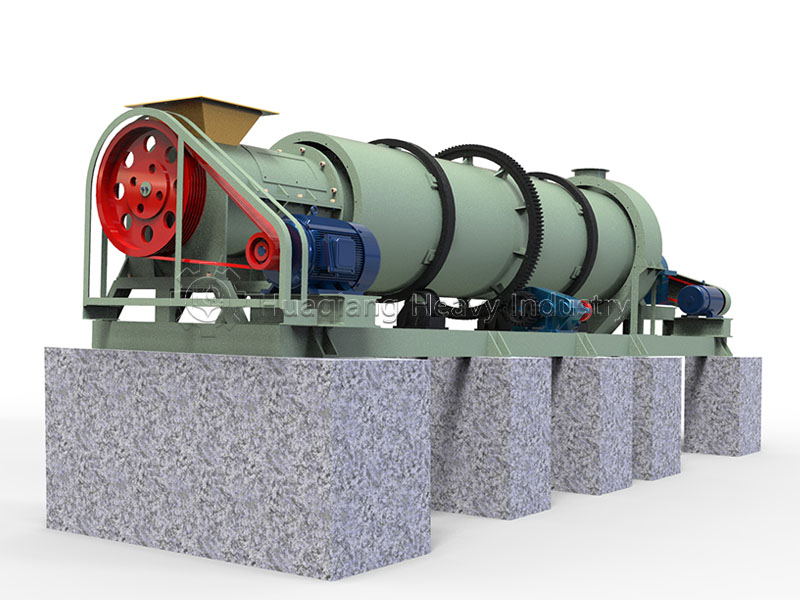In the field of organic waste treatment, anaerobic-aerobic two-stage fermentation technology represents the most advanced comprehensive processing solution currently available. This technology skillfully combines the energy recovery advantages of anaerobic fermentation with the fertilizer quality enhancement capabilities of aerobic fermentation, achieving maximum resource utilization of waste, and is becoming the preferred technology for large-scale organic waste treatment projects worldwide.
Technical Principle: Perfect Microbial Collaboration
The core of anaerobic-aerobic two-stage fermentation technology lies in the orderly cooperation of two different microbial communities. In the first stage, anaerobic microorganisms decompose readily degradable organic matter in a sealed environment to produce usable biogas energy. In the second stage, aerobic microorganisms take over, decomposing residual difficult-to-degrade substances under sufficient oxygen conditions while transforming nutrients into forms more easily absorbed by crops.
This “first produce energy, then improve quality” design philosophy effectively addresses the limitations of single fermentation technologies. The anaerobic stage focuses on energy recovery, while the aerobic stage focuses on fertilizer quality improvement. Their combination avoids excessive loss of nutrients like nitrogen while ensuring the final product’s fertilizer effectiveness, achieving maximum value extraction from waste materials.
Process Flow: Stage-by-Stage Precise Control
The implementation of this technology is divided into two distinct stages. The first stage employs medium-temperature anaerobic fermentation, treating mixed raw materials within the temperature range of 35-40°C, focusing on biogas energy recovery. After fermentation completion, the products undergo solid-liquid separation, with the biogas slurry directly usable as liquid fertilizer and the biogas residue proceeding to the next treatment stage.
The second stage subjects biogas residue to aerobic fermentation treatment. By adding specialized microbial agents and adjusting appropriate moisture and temperature conditions, thorough decomposition of difficult-to-degrade organic matter is completed within 10-15 days. This stage not only improves nutrient conversion efficiency but also effectively eliminates residual pathogenic microorganisms, ensuring the safety and effectiveness of the final product.
Technical Advantages: Triple Benefits
The advantages of two-stage fermentation technology are mainly manifested in three aspects. First, it significantly reduces nutrient loss, with total nitrogen loss rates controllable within 10%, improving nutrient retention efficiency compared to single fermentation technologies. Second, it achieves dual production of both energy and fertilizer, with each ton of raw material capable of producing 150-200 cubic meters of biogas while yielding high-quality organic fertilizer.
Most importantly, this technology possesses excellent environmental performance. The resource utilization rate of organic waste can reach over 90%, and the pollution indicators of final emissions more easily meet environmental standards. This efficient treatment method is particularly suitable for projects near urban areas with strict environmental requirements, providing reliable technical support for achieving circular economy.
Application Practices and Future Development
In European countries, this technology has already been successfully applied. Agricultural waste treatment centers in southern Spain process 50,000 tons of organic waste annually through this technology, achieving energy self-sufficiency and fertilizer supply. German breweries also apply this technology to spent grain treatment, forming internal industrial circular utilization systems.
Although equipment investment is relatively high, two-stage fermentation technology is particularly suitable for large-scale, centralized organic waste treatment projects. With increasing global emphasis on carbon neutrality and circular economy, this technology will encounter broader development opportunities. In the future, combined with the development of intelligent control systems, two-stage fermentation technology will achieve more precise and efficient operations, making greater contributions to sustainable development.
Selection and Application Recommendations
When selecting fermentation technology, considerations should include raw material characteristics, processing scale, and economic feasibility. For large projects with annual processing capacity exceeding 10,000 tons, particularly those requiring both energy recovery and high-quality fertilizer production, two-stage fermentation technology is the most suitable choice.
This technology is particularly suitable for large-scale integrated farming operations, industrial enterprises generating high-concentration organic waste, and centralized urban-rural organic waste treatment projects. Through scientific process design and operational management, anaerobic-aerobic two-stage fermentation technology can transform organic waste into valuable resources and energy, achieving dual goals of economic benefit and environmental protection.
Advanced Fermentation Systems in Modern Organic Fertilizer Manufacturing
Anaerobic-aerobic two-stage fermentation represents a sophisticated advancement within modern fermentation composting technology for organic fertilizer. This process is effectively integrated into the complete organic fertilizer production line of a modern organic fertilizer factory. The initial stage utilizes specialized organic fertilizer fermentation equipment under anaerobic conditions for energy recovery, followed by aerobic treatment for quality refinement. The resulting stabilized material can then be processed through a bio organic fertilizer production line to create products enriched with beneficial microorganisms.
Following fermentation, the material proceeds to granulation, where innovations like the new type two in one organic fertilizer granulator combine processing steps for enhanced efficiency. While the initial investment in such advanced systems, reflected in the organic fertilizer machinery price, may be higher, the long-term benefits of producing high-value, energy-efficient fertilizers justify the cost. This integrated approach demonstrates how cutting-edge biological and mechanical technologies converge to transform organic waste into valuable, nutrient-rich soil amendments, supporting circular economy principles and sustainable agricultural practices on a large scale.
